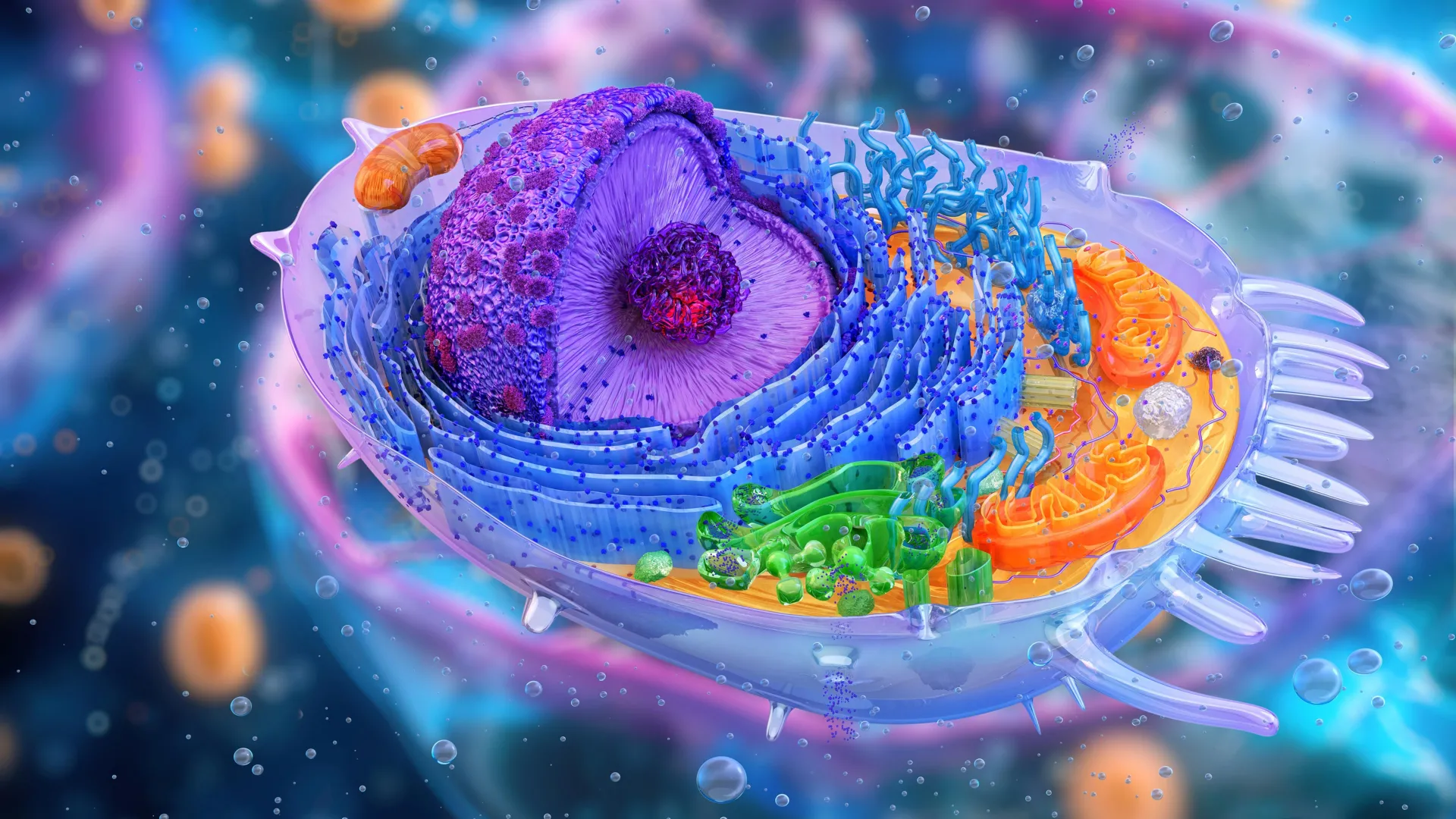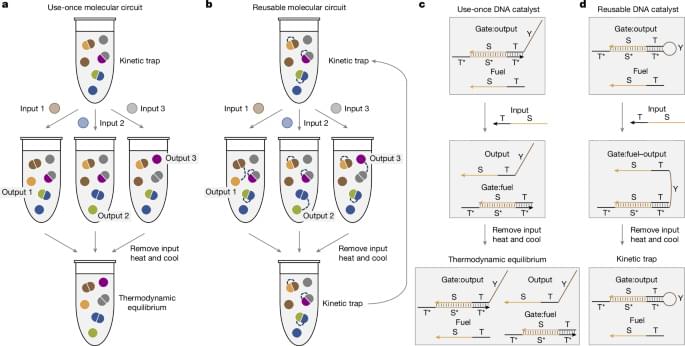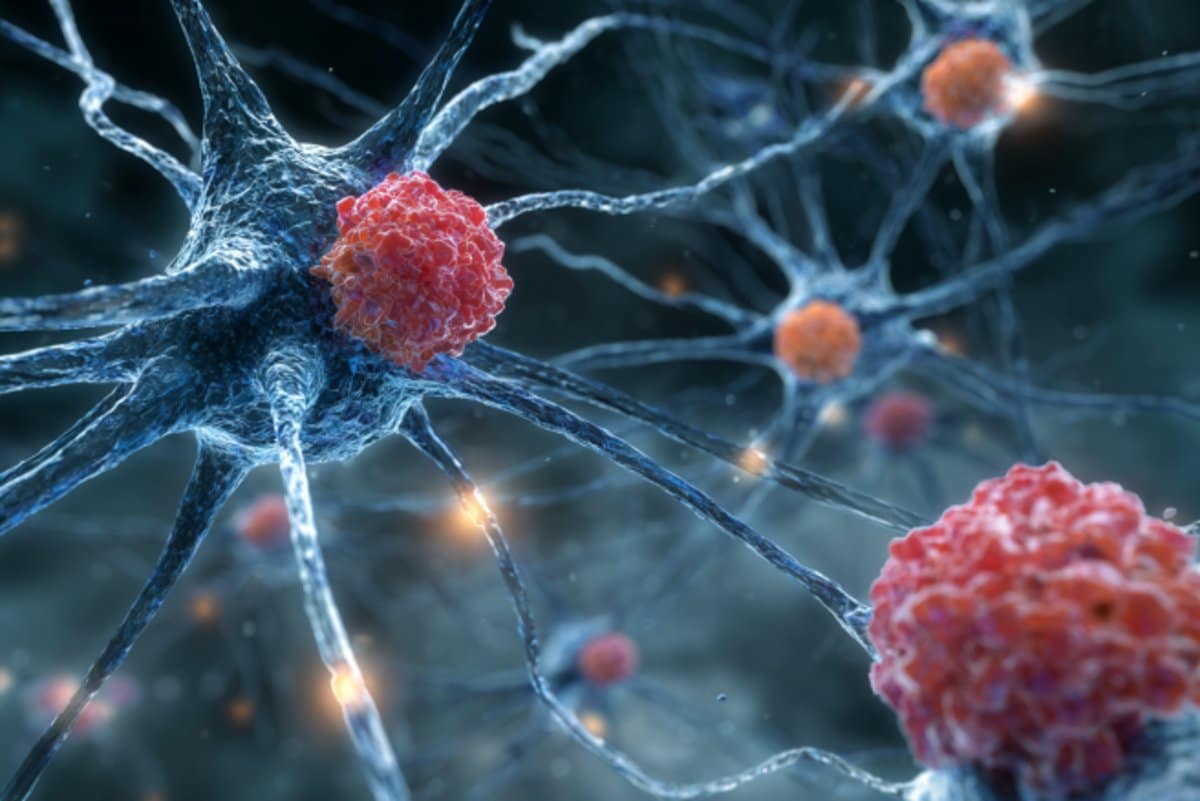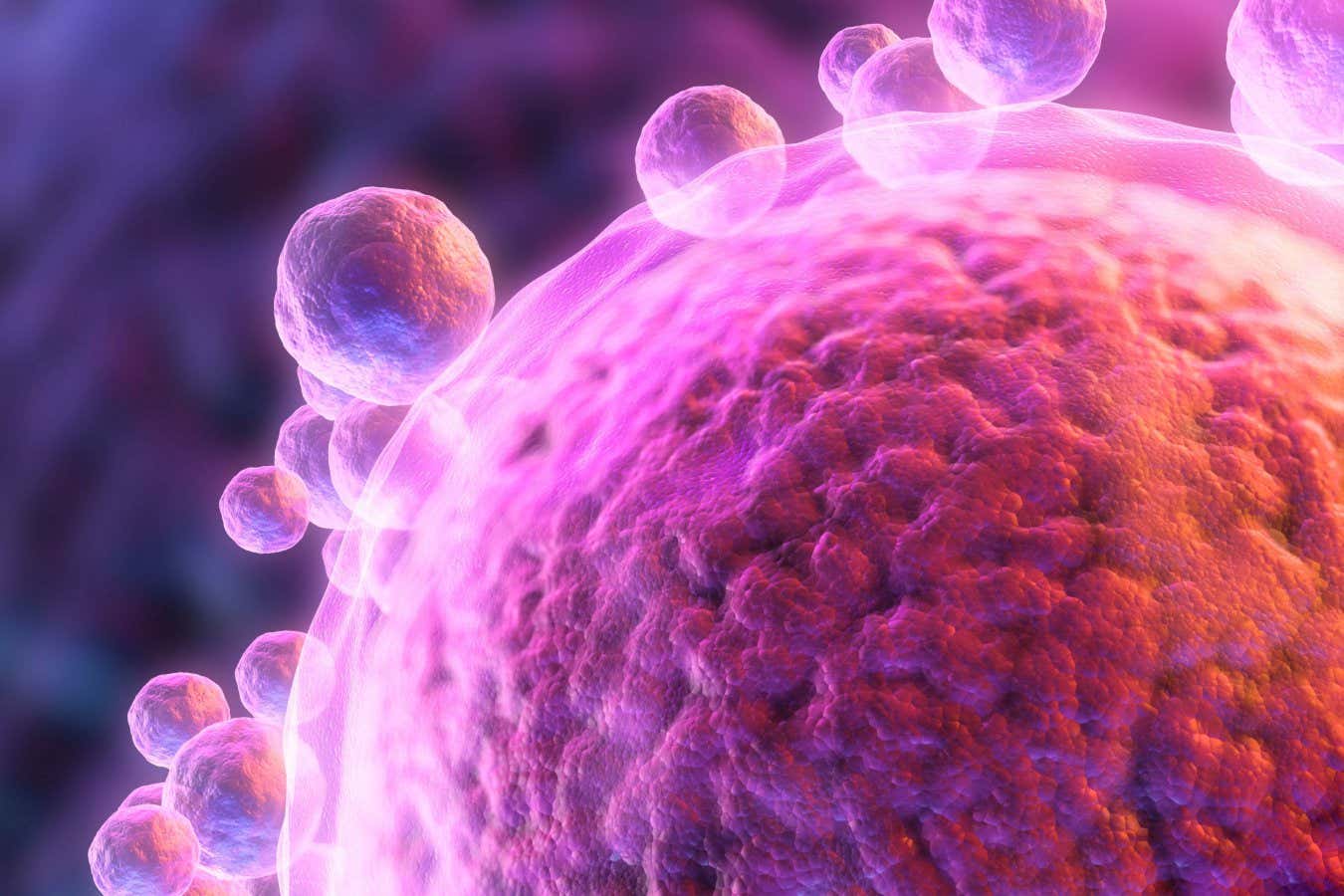Get the latest international news and world events from around the world.






Six billion tons a second: Rogue planet found growing at record rate
Astronomers have identified an enormous “growth spurt” in a so-called rogue planet. Unlike the planets in our solar system, these objects do not orbit stars, free-floating on their own instead. The new observations, made with the European Southern Observatory’s Very Large Telescope (ESO’s VLT), reveal that this free-floating planet is eating up gas and dust from its surroundings at a rate of six billion tons a second. This is the strongest growth rate ever recorded for a rogue planet, or a planet of any kind, providing valuable insights into how they form and grow.

300,000-year-old genomes: History of the Schöningen horses deciphered
For the first time, a research team from the Senckenberg Center for Human Evolution and Paleoenvironment at the University of Tübingen and the Schöningen Research Center have reconstructed the genomes of an extinct horse species, Equus mosbachensis, from the archaeological site of Schöningen in Lower Saxony, which is approximately 300,000 years old.
Thanks to exceptionally favorable preservation conditions, the researchers were able to identify the oldest DNA yet discovered from an open-air site. Their analyses show that the Schöningen horses belong to a lineage that is considered to be the origin of all modern horses. The study is published in the journal Nature Ecology & Evolution.
Domestic and wild horses, donkeys and zebras all belong to the sole genus of the family Equidae still in existence today. But a look into the fossil record shows that more than 35 different genera and hundreds of now extinct equine species occurred throughout the past.

